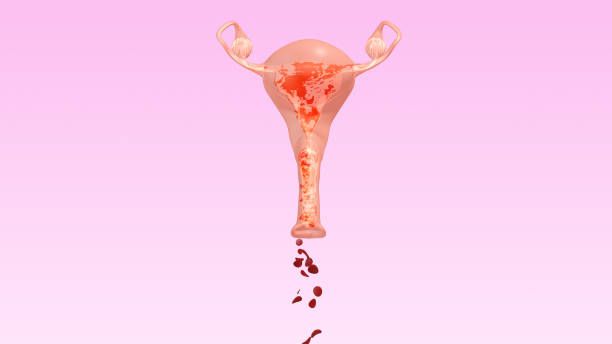What Causes It?
Hormonal imbalances - Fluctuations in estrogen and progesterone levels can lead to excessive endometrial growth and heavy shedding.
Uterine fibroids - Noncancerous growths in the uterus that can cause heavier or longer menstrual periods.
Polyps - Small, benign growths on the lining of the uterine cavity or cervical canal.
Adenomyosis - When endometrial tissue grows into the muscular walls of the uterus.
Endometriosis - Condition where endometrial tissue grows outside the uterus.
Intrauterine device (IUD) - Non-hormonal copper IUDs can increase menstrual bleeding, especially initially.
Complications of pregnancy - Such as miscarriage or ectopic pregnancy.
Cancer - Uterine, ovarian, or cervical cancer, though these are less common causes.
Inherited bleeding disorders - Such as von Willebrand disease or platelet function disorders.
Medications - Anticoagulants, anti-inflammatory drugs, hormonal medications, or copper IUDs.
Thyroid problems - Both hypothyroidism and hyperthyroidism can affect menstrual flow.
Liver or kidney disease - Can affect hormonal metabolism and clotting factor production.
Pelvic inflammatory disease (PID) - Infection of the female reproductive organs.
Obesity - Excess weight can lead to hormonal imbalances that affect menstrual flow.
Stress - High stress levels can disrupt normal hormonal balance.
Perimenopause - The transition years before menopause often involve irregular or heavy periods.
Signs & Symptoms
Menstrual flow that soaks through one or more sanitary pads or tampons every hour for several consecutive hours.
Need to use double sanitary protection to control menstrual flow.
Need to change sanitary protection during the night.
Menstrual periods lasting longer than 7 days.
Passing blood clots larger than a quarter.
Restricting daily activities due to heavy menstrual flow.
Symptoms of anemia, such as tiredness, fatigue, or shortness of breath.
Constant pain in the lower abdomen during menstrual periods.
Irregular menstrual periods.
Bleeding between periods or spotting.
Feeling of fullness or pressure in the pelvic area.
Flooding or gushing sensation during menstrual flow.
